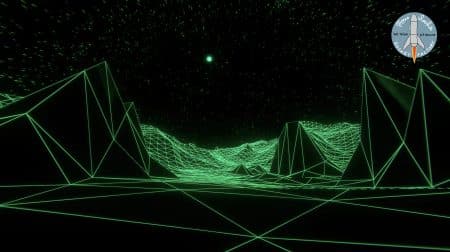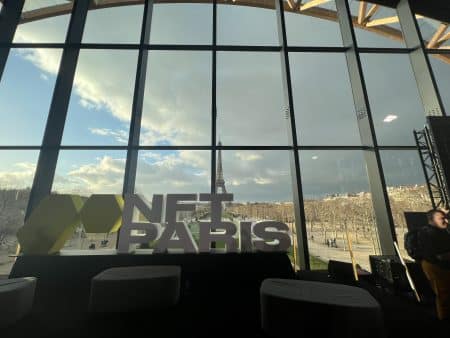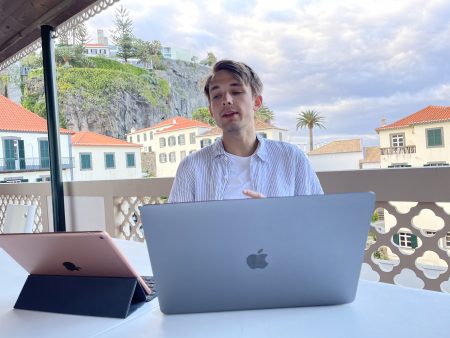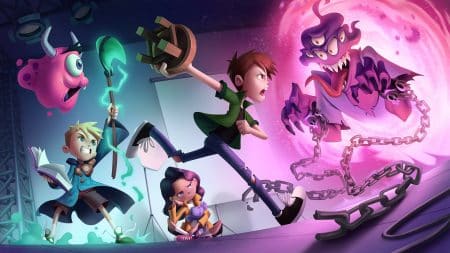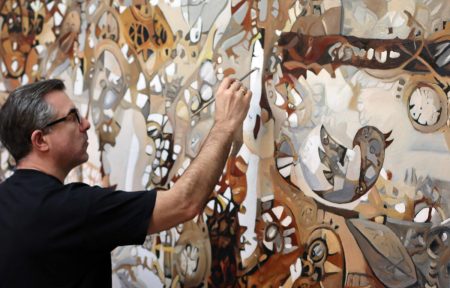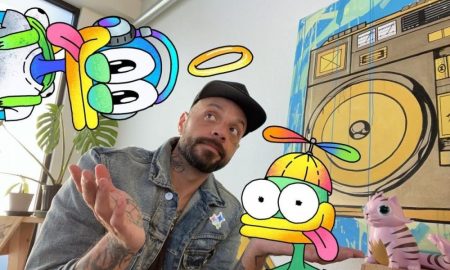When Max Penk, who works in film production, first proposed NFTs to World Wide Fund for Nature (WWF) Germany, he had one thing clear: to use NFTs for a good cause. That was in March this year. Today, WWF Germany is gearing up for its first NFT drop to raise awareness about endangered species.
However, working closely with Penk, the nature conservation organization has added its own spin to NFTs. Titled “NFAs: Non-Fungible Animals”, the campaign will have 10 artworks by 10 different artists. Each NFT represents an endangered species, with the number limited to the current population of the species.
For instance, there will be 1063 Mountain Gorilla NFTs to represent the 1063 Mountain Gorillas left in the world. Moreover, all the proceeds from the sales will fund various WWF projects to save endangered species and their habitats.

Using NFTs to protect endangered species
Animals and NFTs are not much different, says Penk. Interestingly, it was his three cats that helped him nail down the concept of NFTs. Just like how three cats are unique, cannot be copied or replaced, NFTs too are unique and non-fungible, he explains.
“The similarity between animals and NFT was my bridge to understand the technology,” Penk tells NFTevening. “So, it was quite obvious that I thought, ‘what could we do with NFTs and animals, to connect nature and technology?’”
For Penk, who likes to do “good things” whenever he has a chance, the answer came almost immediately. “So, I thought, why not do something for the most limited animals on planet Earth – the nearly extinct animals?” he adds.
Penk then reached out to WWF Germany, for whom taking on the project was a “no-brainer.”
“I don’t think people are really aware that some of the animals are almost [extinct],” Karl Nowak, Online Business Developer at WWF Germany, tells NFTevening. “We’re doing species protection, which means that if one of the animals is gone, it’s gone! It’s never coming back because it’s not replaceable.”
The Giant Ibis, for instance, is the national bird of Cambodia. Yet, there are only 290 left in the world, Nowak adds. On the other hand, the population of the critically endangered Vaquita whales is only 22.
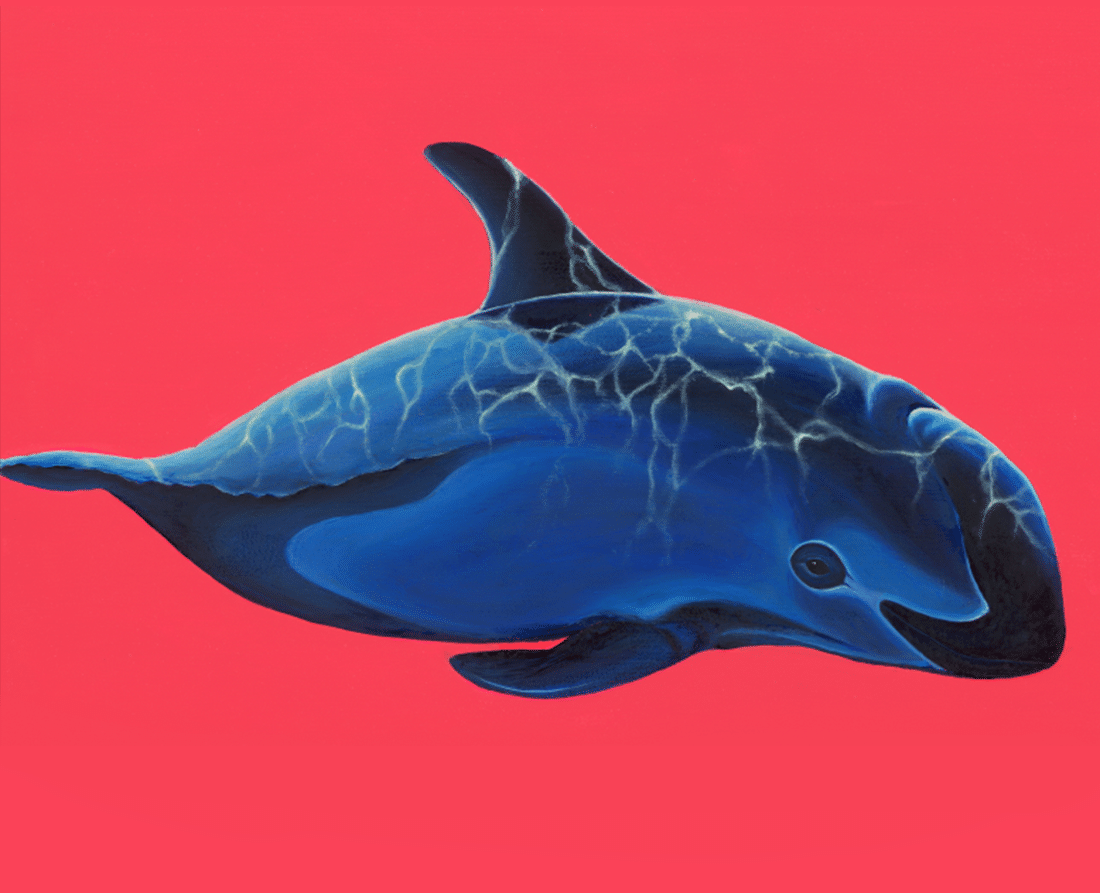
Thus, for WWF Germany, he says, the NFA campaign is a “beautiful way” to drive awareness about how few of some of these animals are left in this world. Furthermore, it is also a means to support the work that WWF is doing.
Taking an energy-saving approach
As one of the world’s largest conservation organizations, it was crucial for WWF to keep the entire process as ecological and energy-efficient as possible. Amid the growing concerns of environmental costs of blockchains like Ethereum, the organization decided to opt for Polygon blockchain to host its NFTs.
“Polygon is basically the most eco-friendly and the most green blockchain solution we have right now – it’s a Layer 2 Ethereum chain,” says Nowak. It consumes only 0.0003% of the energy needed to complete one transaction compared to the Bitcoin Blockchain, he claims.
This is because Polygon uses the Proof of Stake (PoS) validation method, which is far less energy-intensive. In a year, PoS blockchains consume 0.00079 TWh of electricity. As opposed, the Proof of Work (PoW) protocol, used by blockchain like Ethereum, consumes between 35–140 TWh of electricity yearly.
Furthermore, the WWF NFTs can only be bought using stablecoin USDC. As its value is linked to USD, its price is more stable compared to other cryptocurrencies. Moreover, as the currency is on Polygon, the process is again energy efficient.
Meet the artists behind WWF Germany’s NFTs
While selecting the artists, WWF ensured that there is a mix of both artists already established in the NFT scene as well as emerging artists, says Penk. More importantly, it was a must for the artists to have an interest in animal welfare. Thus, they selected ten artists who have either worked on animal projects before or are “animal lovers.”
Additionally, the artists are offering their works for free. “I think this is a nice double win because on the one hand, you have the artists working for free but every one of the gains of this project goes directly into conservation and preservation of the animals,” Penk adds.
The highlight of the campaign is the internationally acclaimed digital artist, Kode, a.k.a, Bosslogic. As one of the biggest artists in the NFT scene, who has worked with Marvel and DC, Bosslogic joining the campaign is “a win for this project”, says Penk.
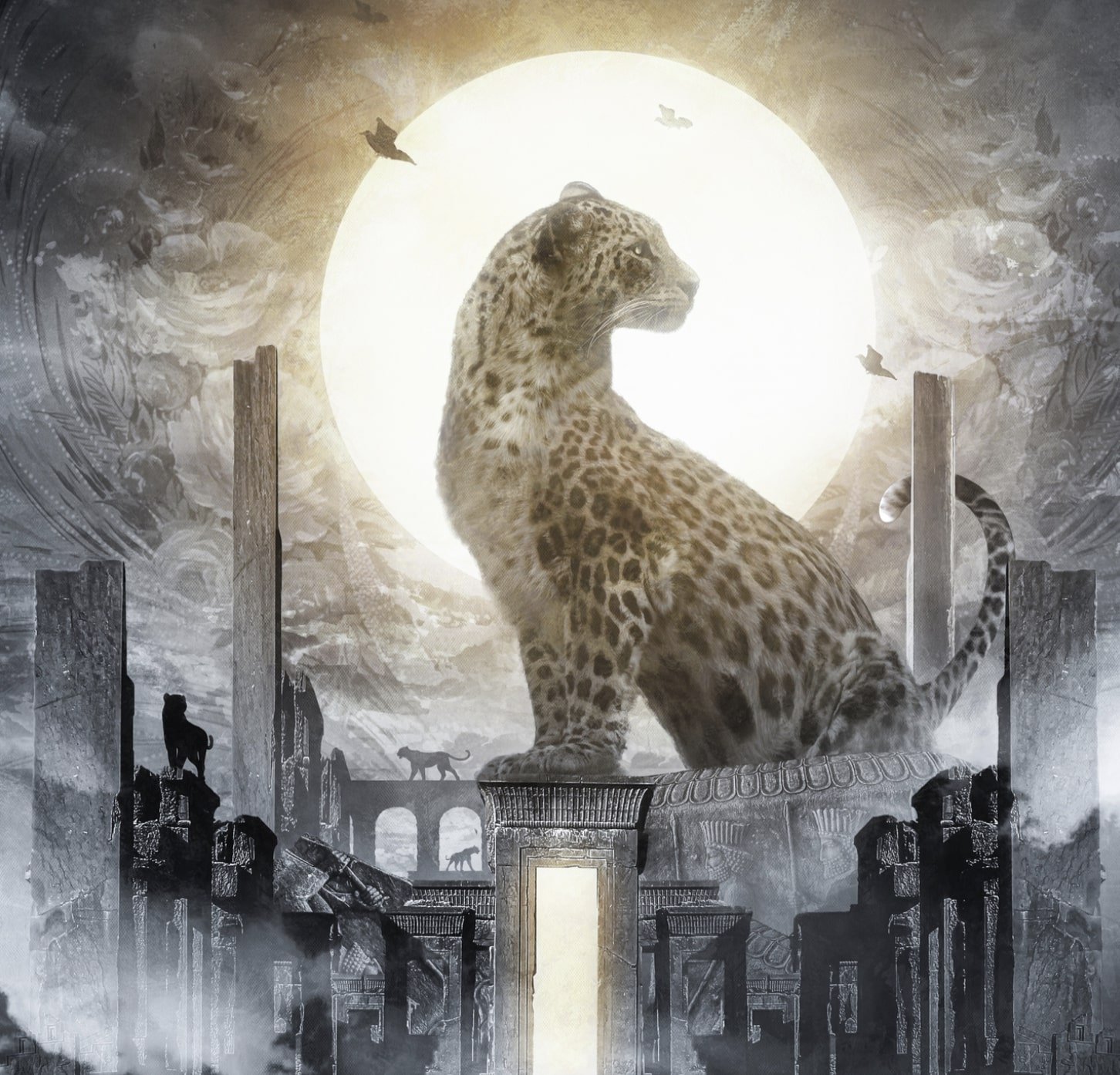
He is joined by artists like Eric Peters and Lea Fricke, who have previously worked with animal motifs. NFT artist, Etienne Kiefer, meanwhile, has created NFTs to save animals in the past. Freehand Profit, Vinzent Britz, Romulo Kuranyi, Andres Ribon, Rocket&Wink, and Anna Rupprecht complete the diverse list.
When asked to choose a favourite NFT, Penk almost instantaneously picks the Giant Ibis by Berlin-based artist, Vinzent Britz. The NFT features a Giant Ibis in its natural habitat as it slowly fades away.
“I think that’s a super nice idea to transport the concept of the campaign behind it,” he adds.
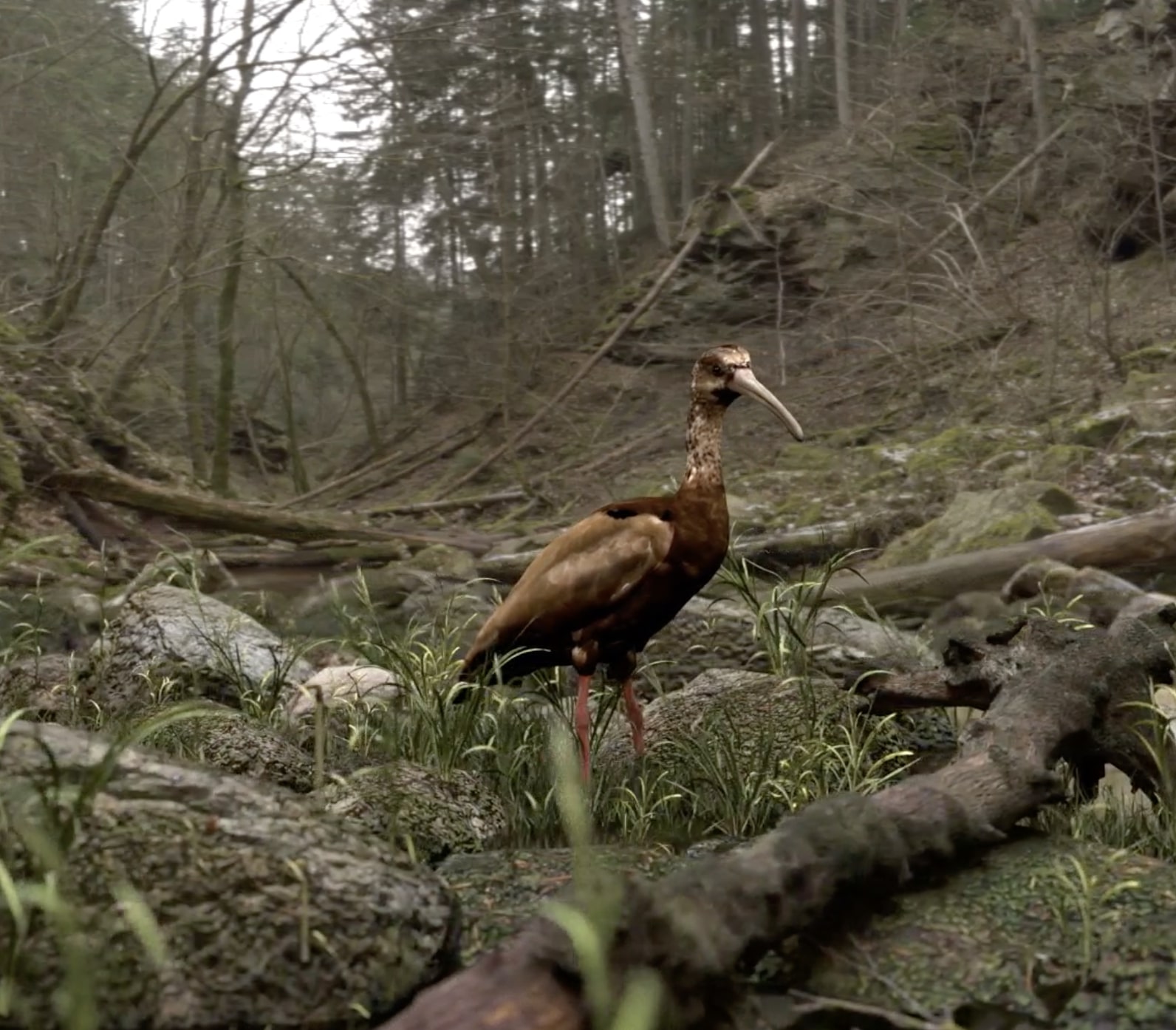
Nowak, on the other hand, chooses Amur Tiger by Gary Lockwood, a.k.a Freehand Profit. “I like tigers in general,” he says. “It’s a very interesting piece that’s very detailed and very NFT- like.” Tigers too are an endangered species with only around 3,890 left in the world.
Where can you buy the WWF Germany NFTs?
WWF Germany’s Genesis NFT collection will drop on its website at 2 pm (GMT +1) on November 2, 2021. The campaign page, however, will go live a week before the launch. The price of the NFAs range from 79 to 799 USDC.
“As a buyer, with the first purchase, you’ll give your money to a good cause,” Penk says. “You don’t need to wait till your NFT becomes more valuable or has a bigger value on the secondary market because you have fulfilled something for the project with the first purchase.”
All investment/financial opinions expressed by NFTevening.com are not recommendations.
This article is educational material.
As always, make your own research prior to making any kind of investment.

